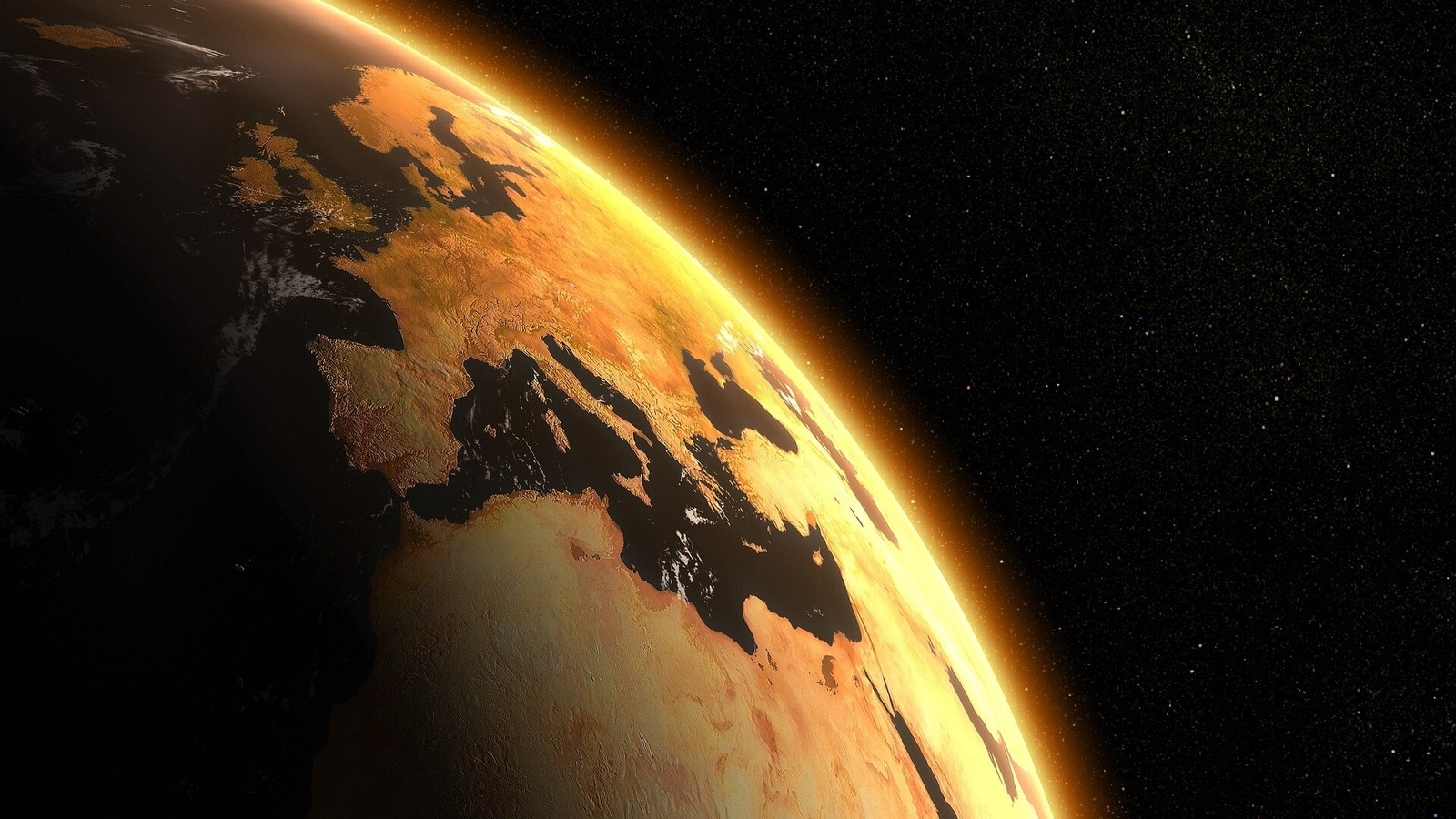If you were to count the number of times in a day that your actions do not match your intentions, in your opinion, what would the count be? It’s a perfect example of what behavioral economics rotates on; the famous intention-action gap. Here, Joshua Gordon, writing for FirstRand, gives everyday examples of how easily things can go pear-shaped when the motivation is skewed or the incentive doesn’t match the pragmatic activation mechanism. Today, how and why people make decisions is cutting-edge science used to shape behavior to achieve societal, political, and business goals. It’s as important in climate change (a long-term concept that most people can’t relate to their current realities – unless, of course, you’re talking about global warming on a particularly hot day) as it is in adherence to ARV medications for someone with AIDS. A fascinating read that boils down to our human condition and our evolution as a species. This article was first published on FirstRand outlook. –Chris Bateman
Behavioral economics in action – climate change
By Joshua Gordon
Behavioral economics in action – climate change
A qualified high school student is accepted to college but becomes confused when he applies for financial aid and fails to enroll. A person living with HIV is prescribed free antiretroviral drugs, but does not take them regularly. The government creates a social program to provide cash grants to families when children go to school, but attendance does not improve. Some of society’s thorniest issues aren’t a lack of intent, merit, or importance. These failures are rooted in the inability to understand human behavior at the last mile, the final hurdle where intention translates into action. We can think of it as the gap between intention and action. These are the types of problems that behavioral economics tries to solve.
Behavioral economics uses psychological experimentation to develop theories about why and how people make decisions. Unlike neoclassical economic models, behavioral economics recognizes that people are not always self-interested, utility-maximizing, fully rational individuals with stable preferences.
Behavioral economics asserts that our thinking is subject to insufficient knowledge, limited cognitive processing capacity, uncertainty, and is affected by the context in which we make choices. Would it be difficult to calculate 12 x 24 while driving at 140 km/h?
Behavioral economics has discovered that most of our choices are not the result of careful thought. Instead, decisions are influenced by readily available and relevant information. People live in the moment, in that we tend to resist change, are poor predictors of future behavior, are prone to distorted memory, and are affected by psychological and emotional states. . We are social animals with social preferences. Trust, reciprocity and fairness are essential to us, and we are sensitive to social norms and the need for consistency. The literature is extensive and has posed credible challenges to traditional economic approaches.
Understanding why and how people make decisions helps us understand why issues like climate change are hard to solve, but it also provides a framework for thinking about what can be done about it.
Behavioral economics and climate change
Traditionally, environmentalists have assumed that the most effective way to convince people to participate in sustainable behavior is to highlight the catastrophic consequences of the status quo. While 63% of Americans say climate change is affecting their local communities, no guilt has succeeded in encouraging the masses to turn off lights when they leave the bathroom, coordinate loading the dishwasher, steal less or to recycle more.
Other conventional policies such as prohibitions on misconduct (think companies throwing their havens into rivers) or tax credits for green investments have a patchy track record. People don’t behave the way traditional economic models expect them to.
Kevin Green, senior director of the Center for Behavior and the Environment at Rare, a conservation organization, says: “We were hoping that if we just told people how bad this is, how bad we are messing things up, they would change it. their behavior, but it doesn’t work that way.
Leading society to make lasting change requires a nuanced understanding of the often emotional and social reasons people make choices. Behavioral economics has shown that individuals are not only less rational than policymakers assume, but are also ill-suited to solving environmental problems.
Problem
For starters, people indeed have a hard time prioritizing future concerns over current needs. Psychologists call this present bias. Think of the classic marshmallow test. The children are given a marshmallow and told that the adult will leave the room and return in 15 minutes. If the child does not eat the candy, another will be given to him. If the child eats the candy, he will not receive more. You can guess what happens next. Current biases make it difficult to convince people to make drastic lifestyle changes today to avoid some abstract, slow-down-the-road disaster.
Also, people tend to be too paranoid to cooperate with strangers to protect a shared resource. For example, a campaign in the late 1990s in an English town, which aimed to encourage residents to use less water when there was a shortage, ended up inspiring the opposite (think of the rush for toilet paper during the Covid-19 or water bottle storage in Cape Town).
Without strong community ties or financial incentives, residents ended up consuming more water than usual for fear of running out.
More generally, people struggle to grasp such an abstract, complicated and broad concept as climate change – how many geese are there in a flock? – especially when the negative effects of climate change seem distant. Our understanding of climate change and our will to do something about it is fragile enough to be influenced and influenced by irrelevant information.
Eric Johnson, director of the Center for the Decision Sciences at Columbia University, has consistently found that people are more likely to believe global warming is a real threat when asked about hot weather. This is the case even if climate change is not primarily related to weather variations.
From an evolutionary perspective, it makes sense for people to focus on immediate threats and benefits when the priority is survival. However, when it comes to issues such as environmental degradation, people are not well prepared to meet the challenge. They are ill-equipped to make the immediate lifestyle trade-offs necessary for long-term collective benefit. [People] are ill-equipped to make the immediate lifestyle trade-offs necessary for long-term collective benefit.
Solution
While this may sound like bad news, the more we understand our flaws as impulsive, myopic, and often lazy thinkers, the better equipped we are to craft the kind of choice architecture needed to influence people to change their behavior.
For example, behavioral economics has provided evidence that people are more likely to make discerning environmental choices when they are first prompted to think about how we want to be remembered. Additionally, a study has shown that Americans are more likely to behave in an environmentally responsible way when they are willing to view the country as old and mature, and therefore destined for a long future.
Environmental campaigns that use stories of doom and gloom are common but rarely successful because people are generally good at rationalizing embarrassing information or information that makes them feel like their actions are inconsistent with how they feel. perceive.
How environmentalists and policy makers communicate with people is important. Headlines and advertisements that inspire people to think positively about their actions or to think of the world as a shared collective can be more successful than posts that rely on guilt, labeling a person’s action as negative.
From an economic incentive perspective, the devil is in the details. Remember that people are present prejudices. Most energy-saving investments require large up-front investments with the expectation of seeing incremental gains. Think about the cost of installing solar panels on the roof of a house. Harnessing behavioral economics can help address some of these barriers. For example, SolarCity, a solar energy company owned by Tesla, allowed people to install panels on their roofs for no upfront payment in exchange for shared savings over time. The result has been a dramatic increase in solar installations.
Integrating insights from behavioral economics into policy that attempts to address climate change or any other sensitive social issue where the intention-action gap is significant is a powerful tool.
While our cognitive shortcomings have prevented society from making drastic behavioral changes, behavioral economics has identified ways to use those same shortcomings for good. By harnessing the power of biases and mental shortcuts, policy makers can influence people to change their behavior in meaningful and essential ways.
Read also:
(Visited 42 times, 42 visits today)




